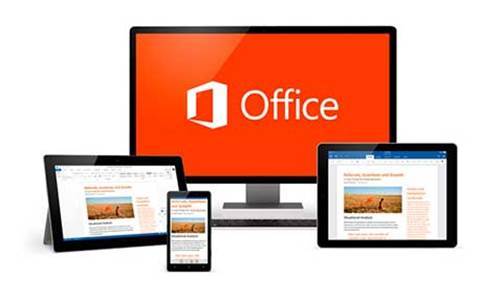
The issue is, I can't because the old Microsoft Equation 3.0 isn't available anymore since 2018, so the only way to edit these equations is to actually convert them to the new format. I have an old document with equations in it and I need to edit them. You can install the 32-bit and 64-bit versions of Office side-by-side, but I recommend instead creating a simple VM (virtual-machine) to install an older 'good' version of 32-bit Office to act as a format-bridge (Office 2010 is my personal favourite).Hello. So you'll need to use the 32-bit version of the Equation Editor, which only works in the 32-bit version of Office. unfortunately, such a build does not exist (probably because it's too old and unmaintained to rebuild, or Microsoft doesn't have a license to the source code from Design Science anymore). If you're running 64-bit (AMD64) Office, then you need an AMD64 build of the Equation Editor.

NET Framework, and now is the basis for WinMD/WinRT in Windows 8 and Windows 10 - it's come a long way).Īnyway, because these components are binary programs in their own right, it means they must match the instruction-set architecture of the host process. This technology eventually became COM (and COM+ and DCOM, led to the.

It was popular in the 1990s as a way to allow users to "embed" content from other programs into Word documents, PowerPoint presentations, etc - this is what happens if you copy cells from an Excel spreadsheet and paste into a Word document, then double-click to edit it in-place.

OLE components are small binary programs that are loaded into an existing process (usually office/'productivity' programs) which then display an inline UI. It was a rebranded, cut-down version of Design Science's MathType editor. The messages referring to "Equation 3.0" is shorthand for the "Microsoft Equation Editor" which was an OLE component.


 0 kommentar(er)
0 kommentar(er)
